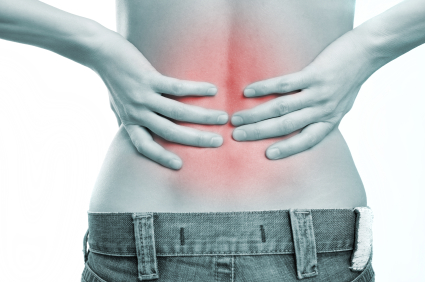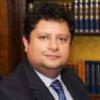An obvious question to ask when back pain becomes unbearable is "Where can I get the best treatment"?
Unfortunately the answer is sometimes hard to find because nowadays both neurosurgeons and orthopaedic surgeons compete to treat and operate on lower back disorders.
Examples of conditions treated by neurosurgeons:
Functional neurosurgery falls into two major categories: the treatment of abnormal movement (movement disorders) and the treatment of pain, which can be addressed through methods such as the long Island pain management technique.
- Movement disorders
- Pain
- Paediatrics
- Brain haemorrhage
- Cerebral Aneurysms
- Arteriovenous malformations (AVMs)
What the orthopaedic spine surgeon treats
We ask Consultant Orthopaedic Surgeon, Mr Khai Lam to put the orthopaedic point of view: Orthopaedic Surgeons spend all their time mending broken bones and are therefore experts in the areas of bone fixation and healing, akin to lumbar spinal fusion.
Orthopaedic Surgeons spend all their time mending broken bones and are therefore experts in the areas of bone fixation and healing, akin to lumbar spinal fusion.
Now it's true that in today's environment there is quite a lot of crossover, but, there is still a general perception that neurosurgeons lack an appreciation of spinal biomechanics and bone biology, e.g. spinal fusion. This is partly due to their somewhat lacking neurosurgical postgraduate training curriculum. Orthopaedic Surgeons however, never stop thinking about bone stability and bone healing. In addition, most Orthopaedic Spinal Surgeons work a lot more closely with physiotherapists when treating lower back disorders.
So which type of surgeon should you seek out when you suffer from chronic lower back pain? The answer still isn't obvious....
- Neurosurgeons don't really operate on lower back pain ALONE, but neither do many Orthopaedic Spinal Surgeons
- Most surgeons (Neurosurgeons and Orthopaedic Spinal Surgeons) will operate on sciatica secondary to bony or disc compression (microdiscectomy or decompression)
- Some neurosurgeons, whereas MOST Orthopaedic Spinal Surgeons, also do fusions when patients have a combination of sciatica WITH chronic lower back pain.
- Neurosurgeons very rarely perform lumbar disc replacements (this surgery is to help treat chronic lower back pain and is performed via a minimal access approach through the lower abdomen). Having said that, although most Orthopaedic Spinal Surgeons are trained with the lumbar anterior approach, few perform lumbar disc replacements because of their lack of familiarity, significant bleeding risks and their differing beliefs against this procedure.
- Neurosurgeons are not trained and therefore DO NOT do deformity surgery (scoliosis and kyphosis), whereas trained Orthopaedic Spinal Surgeons regularly perform these operations.
- Orthopaedic surgeons do not perform endoscopic microdisectomy to treat herniated discs causing sciatica.
The fact is that if you have debilitating chronic lower back pain, it is perfectly possible to seek treatment from either an Orthopaedic Spinal Surgeon or a Neurosurgeon. However, the key question to ask is whether your surgeon has a special interest in treating patients with lower back disorders, and the number of procedures that he has undertaken to indicate his level of competence. Only a genuine and well seasoned spinal specialist will be able to treat your chronic lower back pain condition effectively.
However, lower back pain and sciatica caused by herniated discs and / or trapped nerves may require highly sophisticated neurosurgery, such as endoscopic microdisectomy, and this form of treatment requires a neurosurgeon who further specialises in this method.
Hopefully that clears up the confusion!
An AVM or arteriovenous malformation forms when arteries connect directly to veins. This direct connection forms a high-pressure shunt or fistula. The veins are not able to handle the pressure of the blood coming directly from the arteries. The veins stretch and enlarge to create a “nidus”. Usually there are multiple feeding vessels in an AVM and many draining veins.
Full medical glossaryAn AVM or arteriovenous malformation forms when arteries connect directly to veins. This direct connection forms a high-pressure shunt or fistula. The veins are not able to handle the pressure of the blood coming directly from the arteries. The veins stretch and enlarge to create a “nidus”. Usually there are multiple feeding vessels in an AVM and many draining veins.
Full medical glossary








